Glossary of numismatics II : "The art of words and coins"
Glossary of numismatics series
Episode II "The art of word and coins"
It is our great pleasure to welcome you to the second episode of our new handy and informative glossary for anyone curious about, interested in, or passionate about money – and, of course, anyone else.
Having already got to grips with the most general and generic terms in the first installment, you’re now ready to take it up a notch and tackle the terminology of coins themselves.
A polished collection is worth its weight in gold, so here are 20 indispensable definitions in alphabetical order, as every good glossary should be

Alloy
An alloy is a homogeneous mixture of two or more elements, where the resulting compound has metallic properties.
Alloys are naturally resilient and are frequently used to make coins. In this respect, we can note both “classic” examples such as the electrum (gold and silver) used in antiquity and more recently brass, an alloy of copper and zinc.
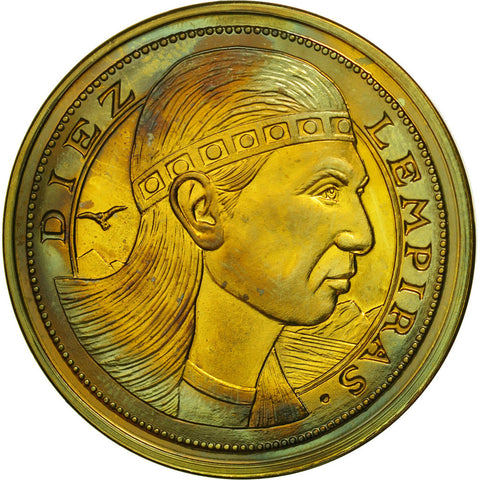
Gold is too “soft” a metal to withstand wear and tear, so it is rarely used on its own, generally being mixed with a small percentage of silver, copper, palladium, or nickel instead. The color of the gold can also vary slightly depending on the nature of the alloy. Remember: All that glitters is not gold!

Bimetallic
Not to be (con)fused with an alloy.
A coin can be monometallic (the “classic” scenario), bimetallic, or even trimetallic.
In the latter two cases, the materials making up the coin are not mixed together. Instead, the structure of the coin is composed of two elements: an outer ring of one metal around a core of another.

History has borne witness to a number of attempts with varying degrees of success at producing bimetallic coins, the earliest being that of the Roman emperor Hadrian in 117 AD.
Despite everything, although many were called, few were chosen, and it was not until minting tools are modernized that a satisfactory result was finally achieved.
As a picture is worth a thousand metals, here we see one of the oldest modern coins to employ this technique – an Italian 500-lira coin from 1982:

Coining
We’re not inventing new words here – coining is the process consisting in “striking” the design of the die in relief (obverse and reverse) into the planchet (see below).
The procedure has evolved considerably over the course of history:
- Coining by hammer: from antiquity to the Middle Ages
- Coining by screw press: from the Renaissance to the 18th century
- Coining by steam press: from the 18th to the mid-19th century
-
The modern press: since the 19th century
(with an array of improvements over the years)
Countermark (Incusa Signa)
The countermark is not a contemporary feature, but rather a later addition or change.
Essentially, it is the result of partial or complete over-stamping following the original minting of the coin. This is an ancient practice still in use for a wide range of reasons, some of them a little obscure.

For example, until the early 20th century, Chinese bankers frequently applied countermarks to foreign coins to indicate that they would guarantee their value.
The Ptolemy I tetradrachm here features a circular countermark in the right of the field just below the king’s nose:
Coin Ptolemy I Soter
Tetradrachm, Alexandria, AU(50-53), Silver

Date
The date shown on a coin tells us in what year it was produced.
Francja Medal
Champagne Manuel et Co, Gastronomia, 1878, EF(40-45), Bronze
Device/Design
If you thought a device was only mechanical, you’d be mistaken. The design or device describes the person whose head is shown on the obverse...
In other words, it refers to the images visible of the obverse and reverse as well as the iconographical version of a coin.
Here, for example, the “Hercules” coin by the engraver Augustin Dupré:
Moneta Francja
Hercule, 5 Francs, 1848, Lyon, VF(20-25), Srebro, KM:756.3
Die
Before we go any further and to illustrate the terms, here’s a video produced by the Alfred Danicourt museum showing a reconstruction of how Gaulish coins were made, which should make it easier for you to visualize the minting process:
The process requires two dies (not dice – we’re not playing games here!). One is used for the obverse and one for the reverse of the coin, with the respective design engraved into them by the master engraver.
Here we have the future coin positioned not between the hammer and anvil, but rather the die and...the other die, which will imprint a relief of the desired design on each of its faces.
In order to avoid wear and breakages (which would result in faulty coins), the dies are usually made of steel.

Edge
There’s the obverse, the reverse…
...and the edge, which reflects the thickness.
It can be smooth, reeded, striated... and feature inscriptions.

For example, this 1958 medal from Saudi Arabia has a reeded edge:
Saudi Arabia Medal
80th Anniversary of Abdul Aziz, 1953, MS(60-62), Silver
Exergue
The exergue is a region at the bottom of a coin.
On the obverse, it is usually blank below the device. On the reverse, it may include the year of issue, for example.

Faulty
A spelling mistake, a damaged die, or a slip of the hand is all it takes to produce a faulty coin.
For example, take this Champenois florin d’or from 1605, where the legend on the reverse includes a...silly spelling mistake: It should say IN.OMN instead of IN.ONM.

Coin FRENCH STATES
CHATEAU-RENAUD, Florin D'or, VF(30-35), Gold, KM:18
Field
A coin’s field is a desert.
There is nothing there, not even the merest shadow of an engraving. Essentially, this term designates all the smooth surfaces of a coin without any engraving.

Grade
The grade indicates the state of conservation of a coin over the course of time. This has a significant impact on the coin’s value.
We distinguish between 7 main grades:
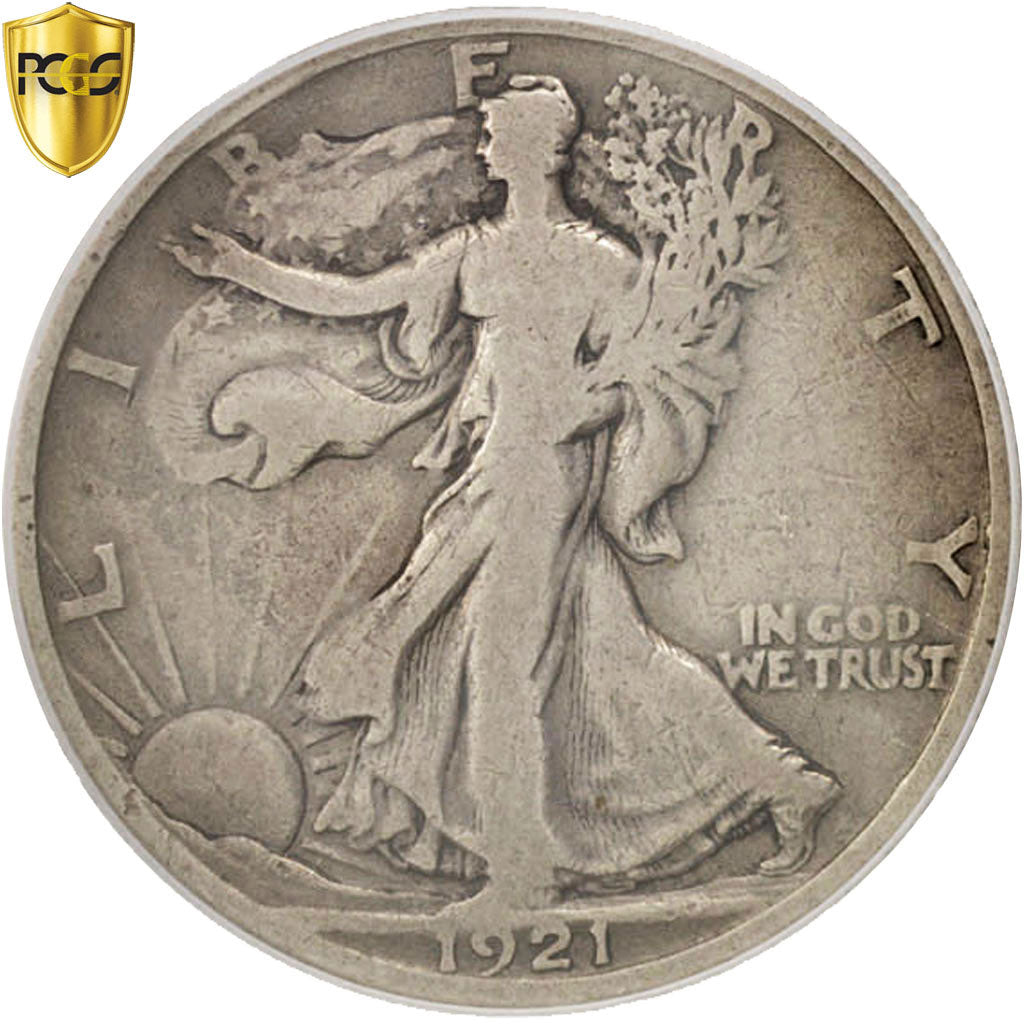
VG(8-10)
The coin will have considerable signs of wear or even an obvious fault (deep gouge...).
VF(20-25)
The coin is used, the device (main design, see below) is preserved and not invisible or abraded.


EF(40-45)
The coin has been in circulation for a considerable time but the signs of wear are minimal. The device and legend are perfectly visible.
AU(55-58)
The coin was hardly circulated and there are hardly any signs of wear. There are no discernible faults or scratches.
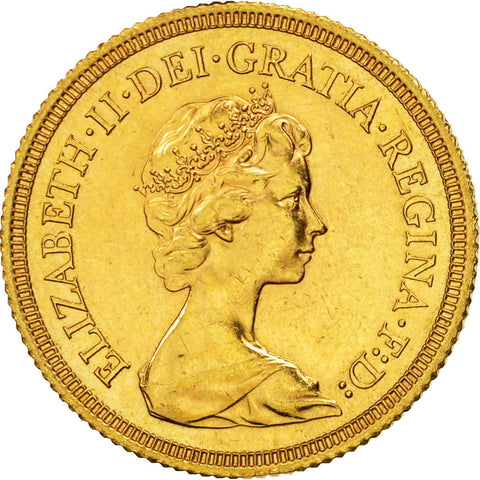

MS(63)
The coin is brand new or practically new. There may be traces of scratches due, for example, to impacts during initial conditioning of the coin.
MS(65-70)
Initially used for the die so as to transfer the design to the first coins struck with it and therefore free from faults, as it itself was brand new. Sometimes referred to by the French term fleur de coin. By extension, it now defines the “perfect” coins for a certain type not presenting any faults.
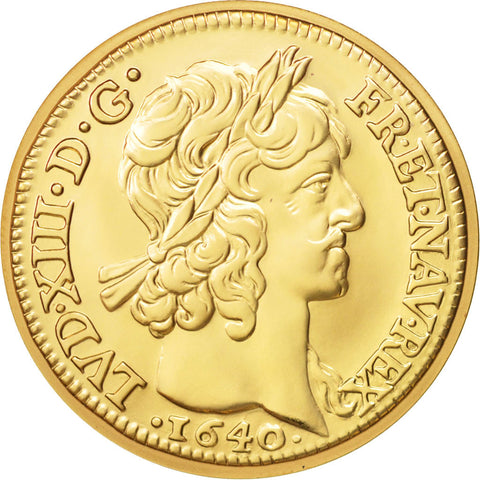

Legend
Without going into too much detail, the legend refers to the words which appear on a coin.
On this Roman didrachm, for example, the legend is simple: “Roma”.

Coin Anonymous
Didrachm, Rome, AU(50-53), Silver, Crawford:28/3

Mint
If a date of birth goes hand in hand with a place of birth, the mint represents the latter for coins: it is the place where coins are struck.
The mint is generally indicated on the reverse of coins in the form of a specific symbol or letter (e.g.: A for Paris). These symbols or letters are one type of mint mark found on coins (see here the letter D).
For example, this silver taler from 1820 features the letter D representing the mint in the town of Düsseldorf, Germany:
On this Monegasque coin from 1926, the Poissy mint is represented by its symbol, a thunderbolt:
It is a relatively recent practice and was introduced with the aim of being able to control the origin of coins. As such, many ancient coins do not display this feature, but, it is not completely unheard of.
Take for example this ancient coin:
Along the top left edge of the reverse, you can still see, albeit somewhat abraded, the name of the Greek city of Seleuceia in Pamphylia: Σελεύκεια.
Mint mark
There are two aspects to mint marks: One indicates the mint’s geographical location and the other is the engraver’s signature.

Patina
Slight discoloration observed on coins due to oxidization of the metal and the range of materials with which it has come into contact.
A natural patina can even add to the value (and appeal) of a coin, for example in the case of bronze coins. In contrast, a “chemical” patina, in other words one which has been produced artificially, can decrease a coin’s value.
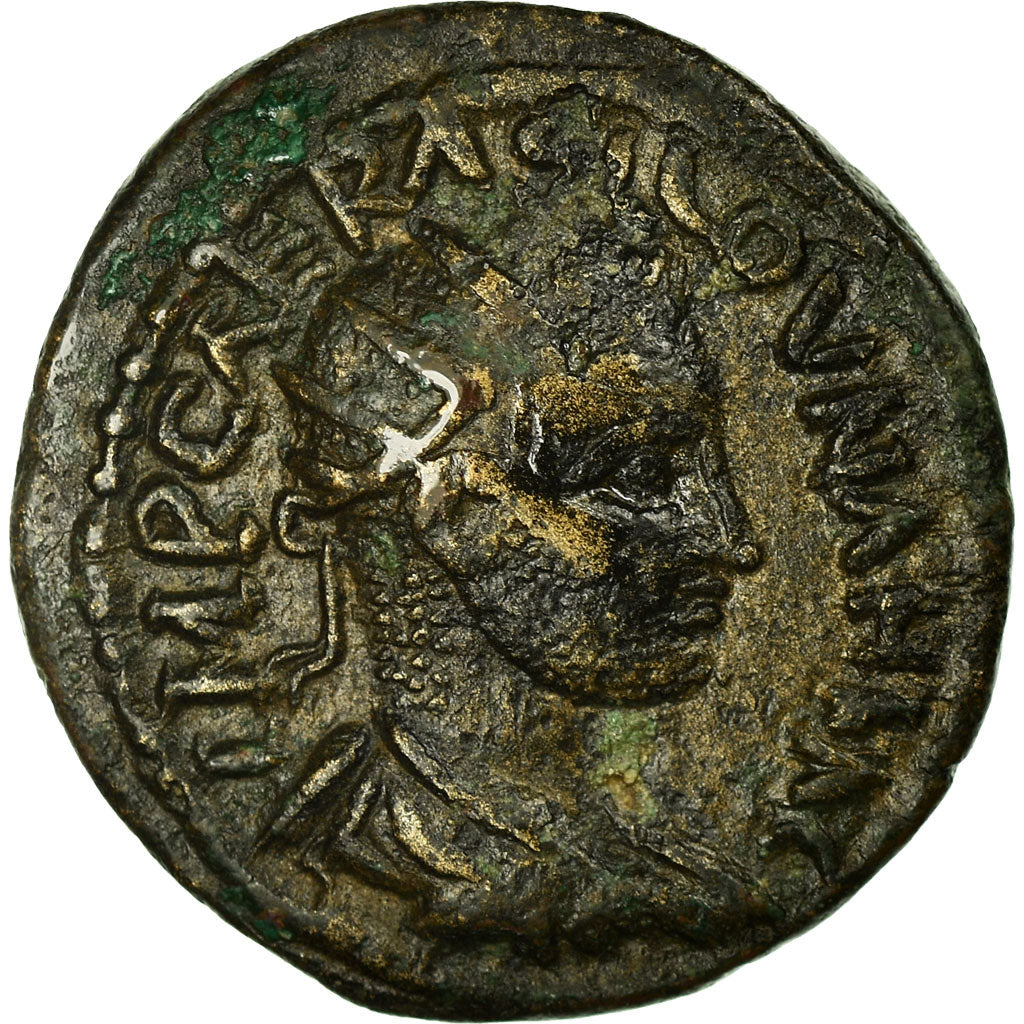
Planchet
Planchets are also referred to as blanks or flans, but we’re not talking about bullets or deserts here. In fact, the planchet is the raw metal disk, carefully cut and then weighed, which forms the basis for every coin before it is struck with the die.

Restrike
Recycling isn’t just an environmental concept, it can also sometimes be practiced in currency by reusing ancient coins.
For example, here we have a restrike of an engraving produced by Jean Varin in the 17th century for this medal made in 1972:
Francja Medal
Ludovicus Magnus , Nec Pluribus Impar, 1972, Varin, MS(63)
Rim
There is a slight relief around the edge of a coin serving to protect it from wear during its time in circulation. This is known as the rim.


Uniface
A uniface is a coin with just one face, like for example this Cambodian fuang:
Moneta Kambodża
1/8 Tical, 1 Fuang, 1847, EF(40-45), Bilon, KM:32.2
That’s all for today, folks!
We hope you’ll join us for the next installment when we’ll begin looking in detail at the terminology concerning the different parts of banknotes! Make a note and you’ll be laughing all the way to the bank!
While you’re waiting, why not start or expand your collection now?
Sources :
- http://numismativy.fr/dossier/generalites/vocabulaire/vocabulaire.html
- https://fr.numista.com/news/les-pieces-bimetalliques-39.html
- http://www.sacra-moneta.com/Mots-generaux-Techniques-de-fabrication/Contremarques-et-monnaies-contremarquees-incusa-signa.html
- http://www.horizonfr.com/les_dossiers_numismates/les%20ateliers%20de%20gravure.htm
- https://fr.wikipedia.org/wiki/Frappe
- http://sceco.univ-poitiers.fr/hfranc/frappresse.htm
- http://www.sacra-moneta.com/Mots-generaux-Techniques-de-fabrication/La-patine-d-une-monnaie.html








































